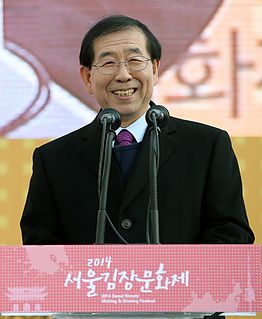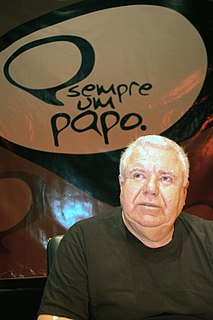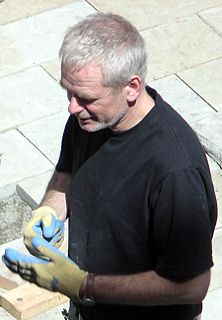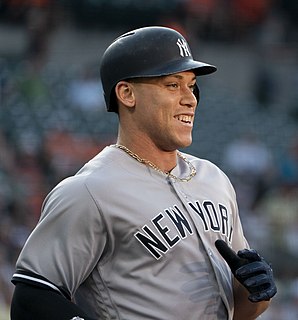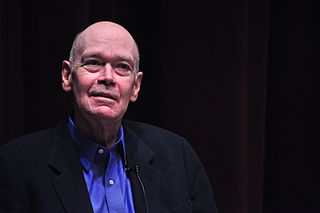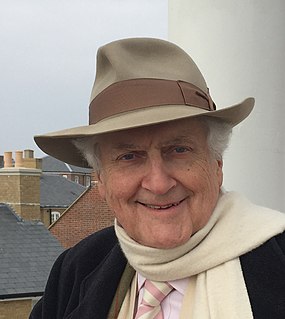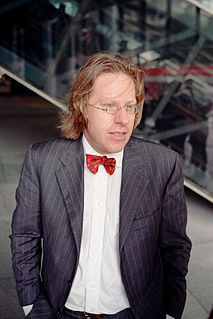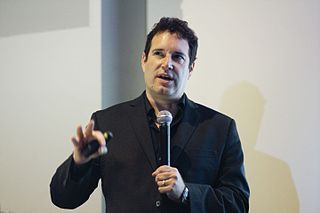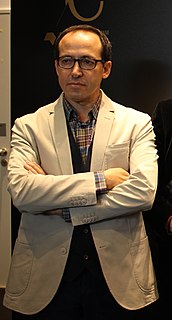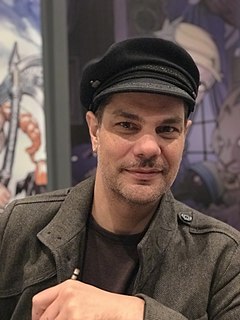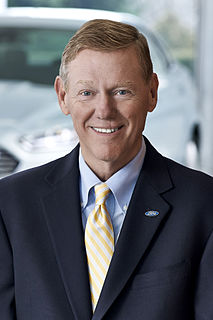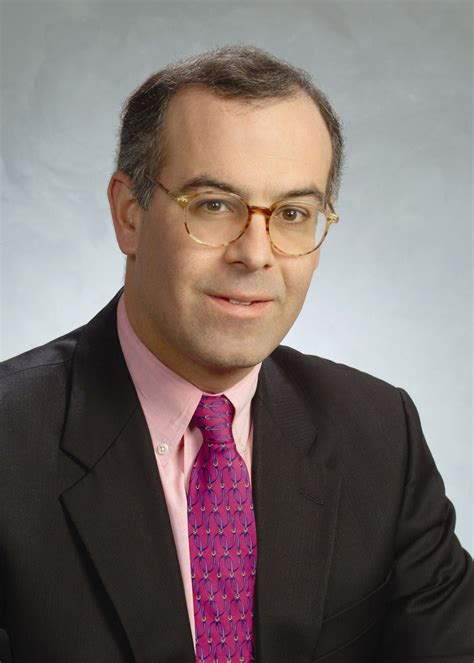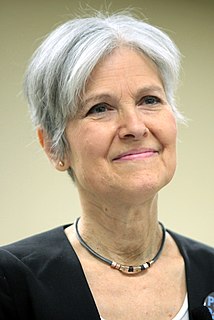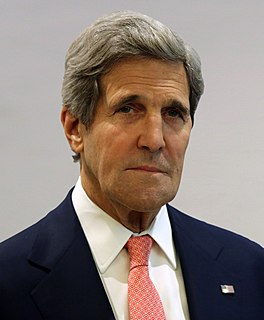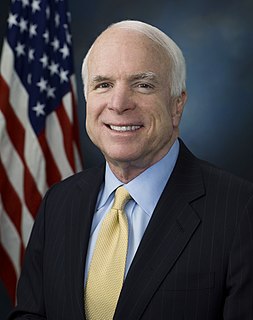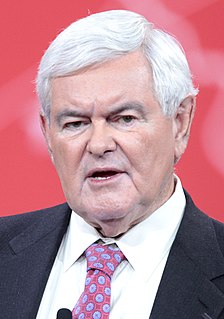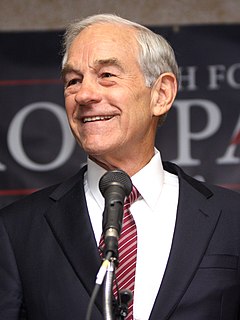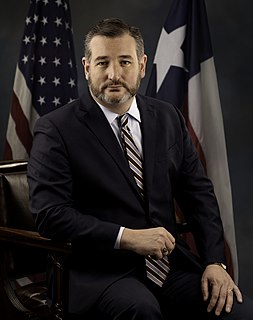A Quote by Park Won-soon
Urban planning should be done with the mindset that we are determining the city's fabric for 100 years to come.
Related Quotes
The lack of resources is no longer an excuse not to act. The idea that action should only be taken after all the answers and the resources have been found is a sure recipe for paralysis. The planning of a city is a process that allows for corrections; it is supremely arrogant to believe that planning can be done only after every possible variable has been controlled.
Mao challenged the idea that economic planning would dissolve conflicts of interest among the people. He saw it dialectically - conflicts between intellectuals and manual workers, between the city and the countryside, stratification in the party and society. He said it was necessary to struggle to overcome these differences whether it takes 100 or 500 years.
Living in cities is an art, and we need the vocabulary of art, of style, to describe the peculiar relationship between man and material that exists in the continual creative play of urban living. The city as we imagine it, then, soft city of illusion, myth, aspiration, and nightmare, is as real, maybe more real, than the hard city one can locate on maps in statistics, in monographs on urban sociology and demography and architecture.
A city can only be reconstructed in the form of urban quarters. A large or a small city can only be reorganized as a large or a small number of urban quarters; as a federation of autonomous quarters. Each quarter must have its own center, periphery and limit. Each quarter must be a city within a city.
Architects in urban planning are talking about this but they're not talking about it yet I don't think at that level that [Buckminster] Fuller is talking about when he talked about putting a dome over Manhattan, which is to say an attempt at integrating all of these different technologies in a way that makes for a city that, without having an actual dome, thermodynamically manages the heat flow for that urban environment and therefore makes it so that it is a highly efficient machine for a living or a dwelling machine as he would have preferred in terms of thermodynamically optimizing it.
Say the Pentagon Papers, - that material went much deeper. It went into internal government planning back for twenty - five years. Those are things that the public should have known about. In a democracy they should have known what leaders thinking and planning about major enterprises like the Vietnam war. It was kept secret from them.
